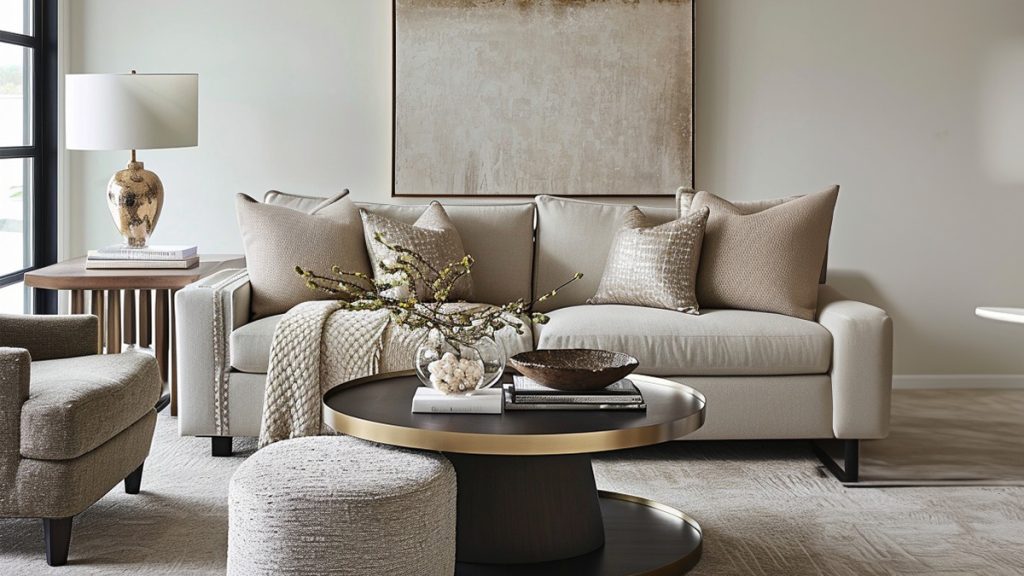Selecting the right furniture for your home goes beyond style and color; it’s about understanding the scale and how each piece fits within your space. The scale factor is crucial in creating a room that feels harmonious and functional. This article will guide you through the process of choosing furniture that complements the size of your rooms, ensuring a well-balanced and inviting atmosphere.
Understanding the Scale Factor
The scale factor refers to the size of furniture in relation to the room it occupies. Properly scaled furniture maintains a comfortable proportion to the room’s size and other pieces within it. It’s about striking a balance where everything feels cohesive, neither too large to overwhelm nor too small to underwhelm.
1. Measure Your Space
Before purchasing any furniture, it’s essential to understand the dimensions of your room.
- Room Dimensions: Measure the length, width, and height of your room. Consider the placement of windows, doors, and any built-ins.
- Existing Furniture: If you’re adding to existing furniture, measure those pieces to ensure new additions will complement them in size and scale.
2. Understand Proportions
Proportion is about the relationship between pieces of furniture and the space they occupy.
- Visual Weight: Consider the visual weight of furniture. A heavy, dark, or bulky piece will appear larger than a light, streamlined one.
- Balance: Aim for a balanced look where no single piece dominates the space. Distribute visual weight evenly to create a harmonious atmosphere.
3. Consider Functionality and Flow
How you intend to use the room and move within it significantly impacts furniture choice.
- Traffic Flow: Ensure there’s enough space to move comfortably around the room. Keep main pathways clear and consider how doors and drawers open.
- Functional Spaces: Think about how you’ll use the room. A living room might need a larger coffee table for gatherings, while a reading nook might only require a small side table.
4. Scale with Accessories
Accessories and decor play a vital role in scaling. They can balance out larger pieces or fill empty spaces effectively.
- Rugs: A well-chosen rug can anchor a space and define areas within a larger room.
- Art and Decor: Use wall art and decor to fill vertical space and complement the scale of your furniture.
5. Visual Tricks to Enhance Scale
Certain design tricks can help rooms feel more proportionate.
- Mirrors: Mirrors make spaces feel larger and lighter, especially when reflecting a key piece of furniture.
- Color and Pattern: Light colors and small patterns can make pieces appear smaller, while dark colors and large patterns do the opposite.
6. Test Before You Buy
Whenever possible, try before you buy.
- In-Store Visits: Seeing furniture in person can give you a better sense of its scale.
- Mock-ups and Apps: Use cardboard mock-ups or augmented reality apps to visualize how pieces will look in your space.
Conclusion: Perfect Fit for Perfect Space
Choosing furniture that fits your space is about understanding and mastering the scale factor. It’s a blend of measurement, design, and intuition. By considering the size, proportion, and functionality of furniture, you can create a room that feels balanced, comfortable, and uniquely yours. Remember, the right scale can transform a room from ordinary to extraordinary.
